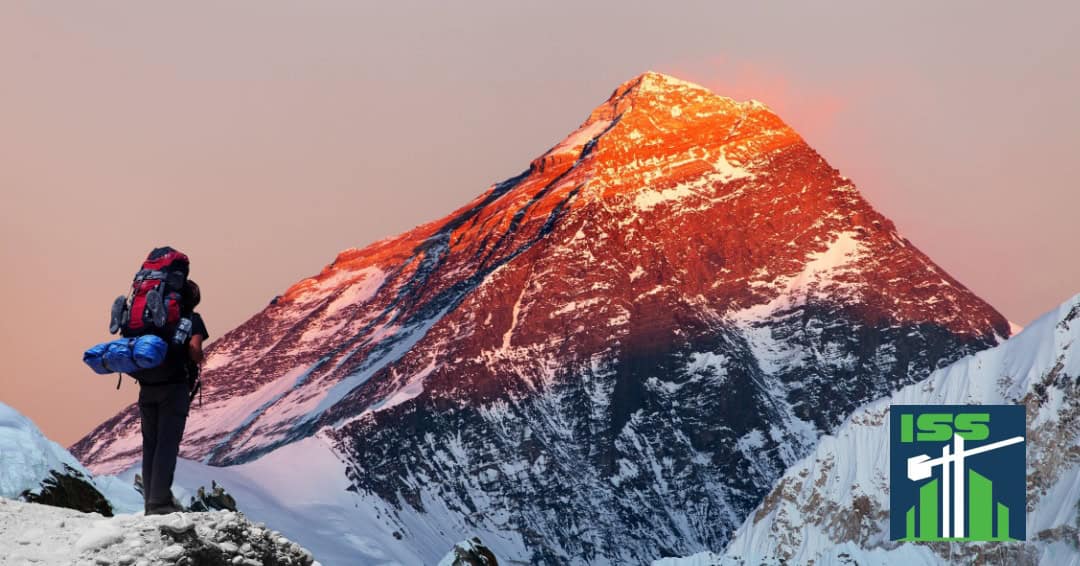
I just finished a book by Will Cockrell called Everest, Inc. This book shares the history of mountaineering on Mt. Everest, at 29,035 feet, the tallest mountain on planet Earth, and discusses the challenges associated with such a feat.
The first to summit Mt. Everest were Sir Edmund Hillary and Sherpa Tenzing Norgay on May 29, 1953. Until that day, others had tried and either turned back or perished.
From the first summit in 1953 until the first commercially guided client stepped foot on the summit in 1992 by Rob Hall and Adventure Consultants, many perished attempting to climb this mountain and, for that matter, the other 13 8000-meter peaks. The reasons for death included altitude-related sicknesses (HAPE and HACE), accidents, getting caught in storms, and other causes.
For years, many said that it could not and should not be guided and that only the most capable climbers should attempt to climb mountains over 8000 meters. The guide industry thought otherwise and began putting more clients on the summit. Many of these clients had limited climbing experience and possessed beginner skills.
So, the big question is, how did they do this? It was unconquerable for so long, but not anymore. The answer is simple and pertains to what we do as safety professionals on a daily basis…they made a plan.
Planning is the key to safety and often quality. It is the foundation for success, and climbing Mt. Everest is no exception.
Due to strong safety protocols and training, intricate rope safety systems, well-stocked camps, significant supplies of breathing oxygen, and real-time weather forecasting, more than 500 climbers summit the mountain annually. Put that into perspective. Between the first summit in 1953 and the first guided client summited in 1992, only 174 people had stepped to the top of Mt. Everest. More than 600 people summited in 2023 alone, and that number continues to grow year after year. Sure, people still die for various reasons, but planning has tamed a mountain in a way many could have never imagined.

 EMPLOYEE LOGIN
EMPLOYEE LOGIN



